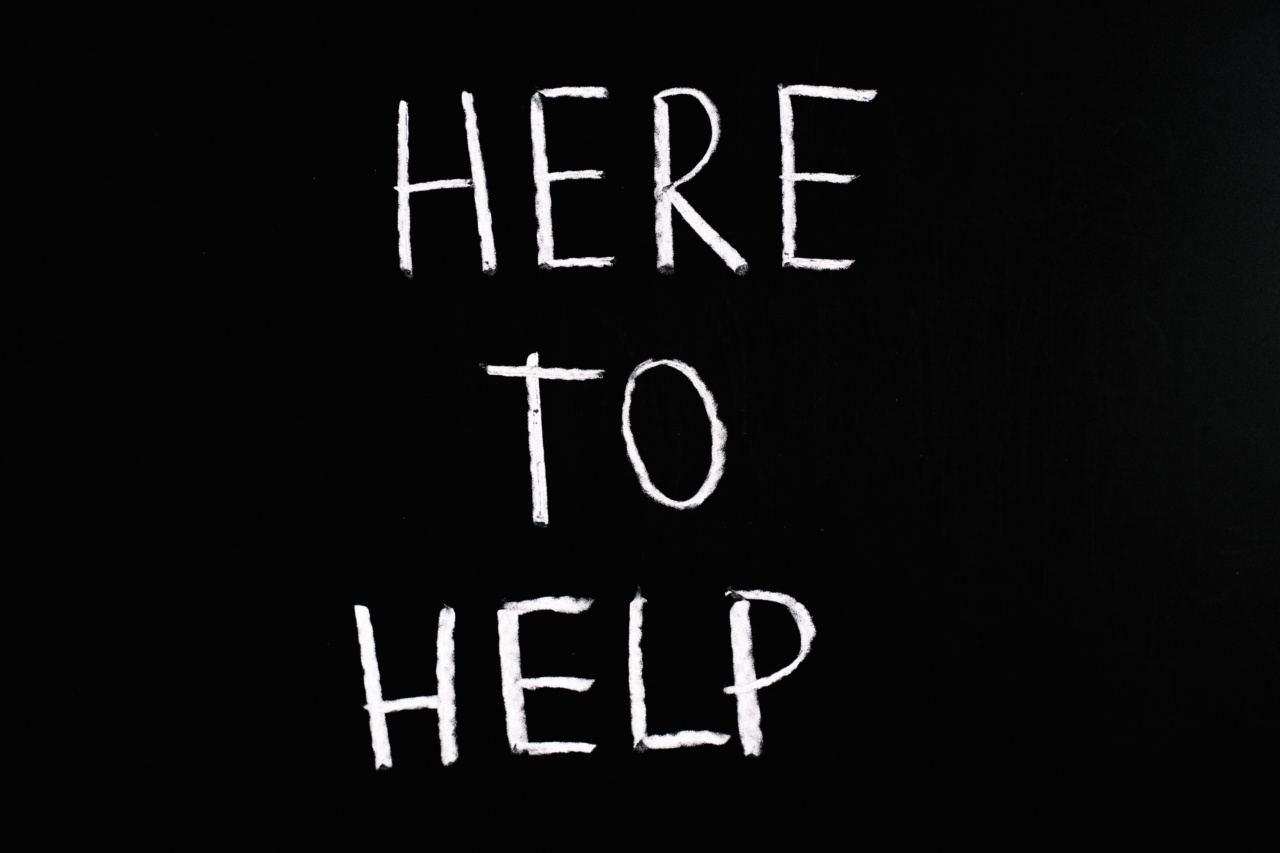Bullying is a widespread issue that affects millions of individuals worldwide. It can have severe consequences on the mental, emotional, and physical well-being of those targeted.
Identifying individuals affected by bullying and providing them with the necessary support is crucial to help them overcome the challenges they face. This article aims to provide guidance on how to identify those affected by bullying and offer assistance to help them heal and regain their confidence.
Understanding the Signs of Bullying
Recognizing the signs of bullying is the first step in identifying individuals who may be affected. While some victims may openly express their distress, others may try to hide it out of fear or shame.
Here are some common signs that indicate someone may be experiencing bullying:.
- Withdrawal from social activities
- Sudden change in behavior or mood
- Unexplained physical injuries
- Frequent complaints of headaches or stomachaches
- Loss of interest in previously enjoyed activities
It is important to remember that these signs may also be indicative of other underlying issues. Therefore, open and compassionate communication with the individual is essential to determine if bullying is indeed the cause of their distress.
Creating a Safe Environment for Disclosure
Many victims of bullying find it difficult to speak out about their experiences due to fear of retaliation or disbelief. It is crucial to create a safe and non-judgmental environment where individuals feel comfortable sharing their stories.
Here are some steps to foster an atmosphere of trust:.
- Active listening: Show genuine interest and attentiveness when someone is opening up about their experiences.
- Assurance of confidentiality: Reassure the individual that their disclosure will be kept confidential, unless their well-being is at risk.
- Empathy and validation: Let the person know that their feelings are valid and that they are not alone in their struggle.
Offering Emotional Support
Victims of bullying often undergo emotional trauma that can impact their self-esteem and overall mental well-being. Providing emotional support is vital to help them cope with the aftermath of bullying. Here are some ways to offer assistance:.
- Encourage expression of emotions: Allow the individual to express their feelings without judgment.
- Reassure them of their worth: Help the person recognize their strengths and qualities to rebuild their self-confidence.
- Offer resources: Provide information on support groups, counseling services, or helplines that can offer further guidance and assistance.
Building Resilience and Empowering Victims
Empowering victims of bullying to develop resilience is essential for their recovery. Here are some strategies to help individuals build resilience:.
- Encourage the development of positive coping mechanisms, such as engaging in hobbies or practicing mindfulness.
- Teach assertiveness skills: Help individuals develop effective communication techniques and assert their boundaries.
- Foster a supportive network: Encourage victims to seek the support of trusted friends, family, or mentors who can offer guidance and encouragement.
Recognizing the Role of Bystanders
Bystanders play a significant role in addressing and preventing bullying. By educating bystanders on the impact of their intervention, we can encourage them to take action when they witness bullying.
Here are some ways to involve bystanders in assisting victims:.
- Safety in numbers: Encourage bystanders to intervene as a group when they witness bullying to ensure the victim’s safety.
- Supportive environment: Foster a culture of empathy and inclusivity, where bystanders feel compelled to speak up against bullying behavior.
- Report incidents: Encourage individuals to report bullying incidents to authorities or trusted adults to ensure appropriate action is taken.
Seeking Professional Help
In severe cases or when the effects of bullying persist, seeking professional help is crucial. Mental health professionals, school counselors, or therapists can provide specialized guidance and support tailored to the individual’s needs.
Encourage those affected to consider professional intervention if necessary.
Conclusion
Identifying and assisting individuals affected by bullying requires a compassionate and proactive approach.
By recognizing the signs, creating safe environments for disclosure, offering emotional support, building resilience, involving bystanders, and seeking professional help when needed, we can make a positive impact on the lives of those affected by bullying. Together, we can create a society that supports and protects the vulnerable.






























